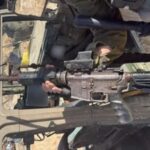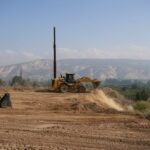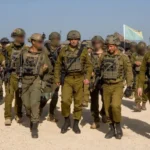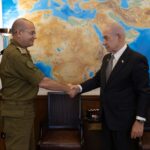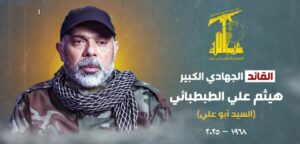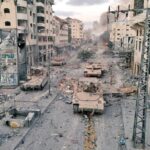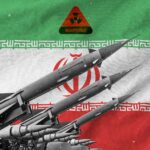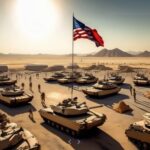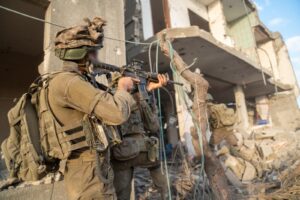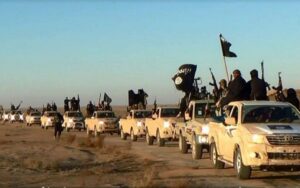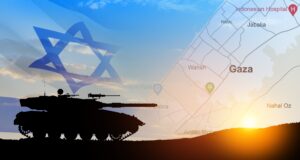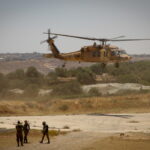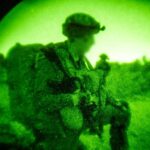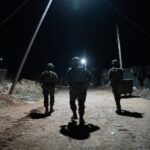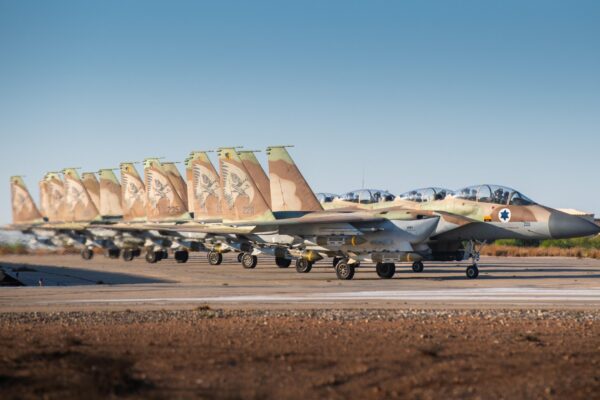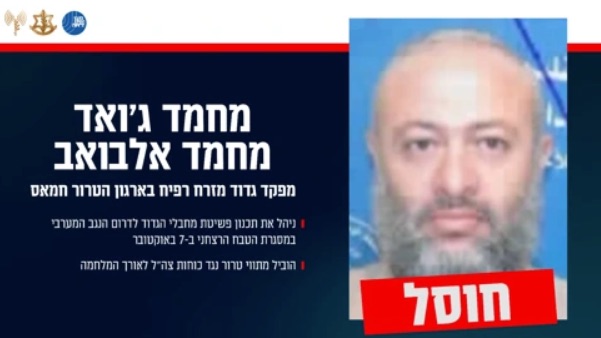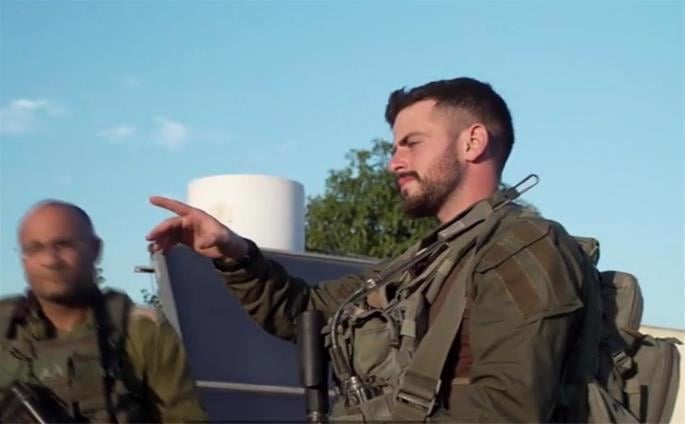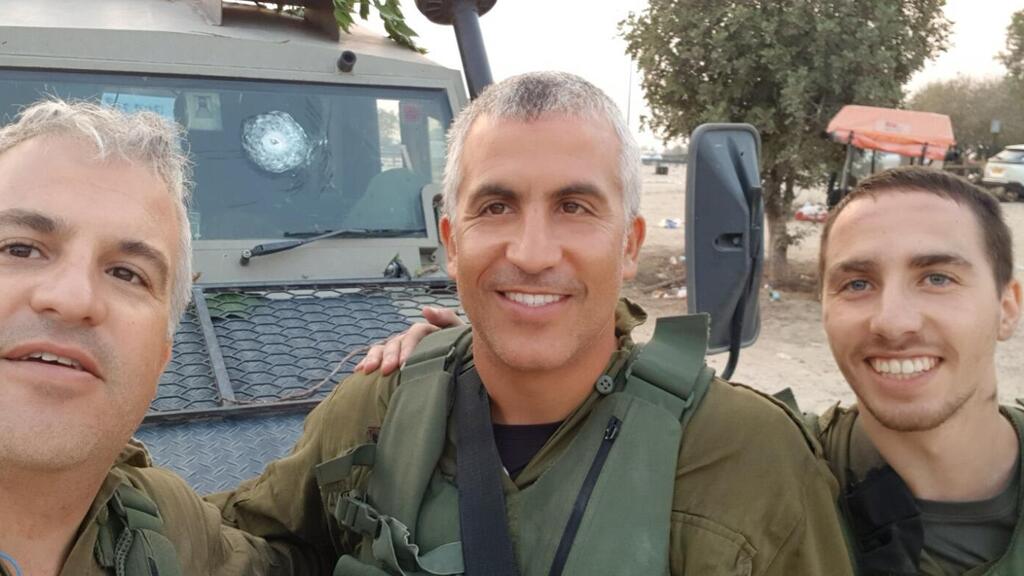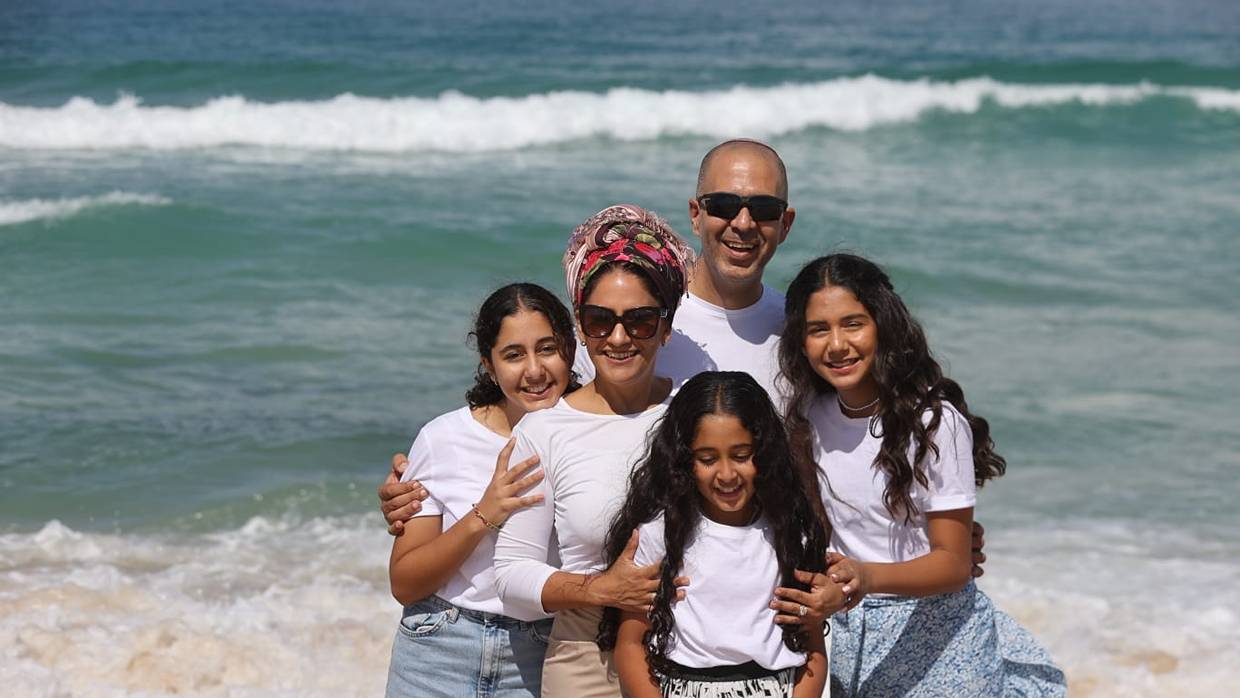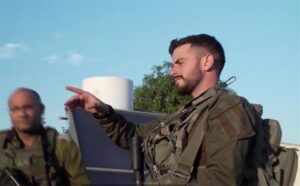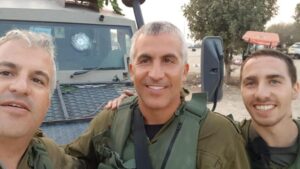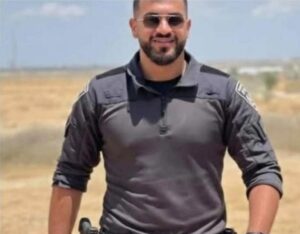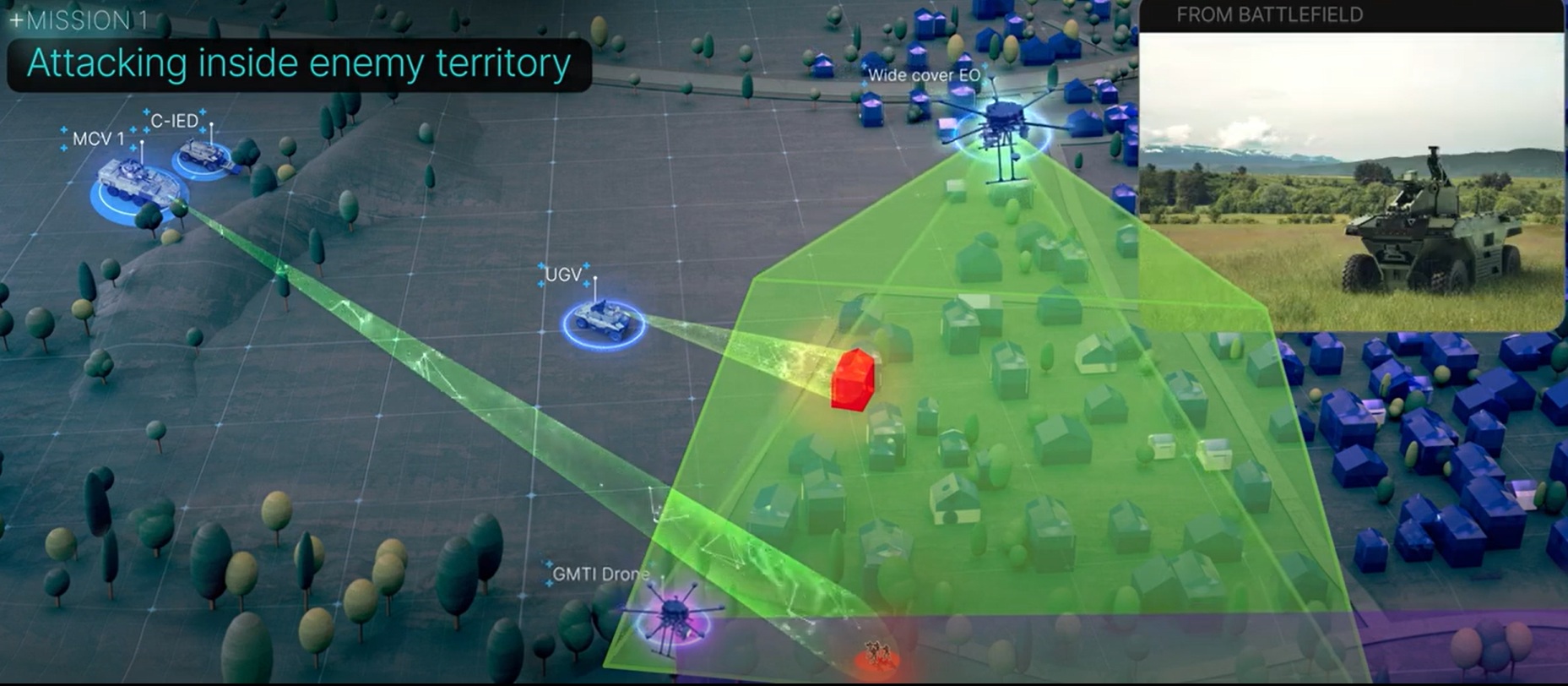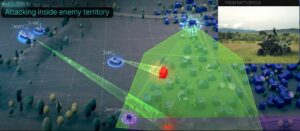‘The IDF is designed to fight wars beyond Israel’s borders. What we saw on October 7th was a collapse of internal defense.’
By Hezy Laing
On October 7, 2023 approximately 5,500 Arab terrorists breached the Gaza border at 114 points, firing 3,889 rockets in a single day and overwhelming the limited Israeli forces initially deployed.
At the time, only 767 Israel Defense Forces (IDF) soldiers and 13 tanks were positioned to respond, and battles erupted across 41 different locations.
The scale of the assault exposed critical gaps in Israel’s ability to defend its home front, leading to renewed calls for a dedicated internal security force.
A National Guard, operating under the Israel Police and Ministry of National Security, would provide rapid reinforcement in crises, specializing in domestic threats such as riots, terrorism, and mass casualty incidents.
The concept gained traction after the May 2021 clashes in mixed cities like Lod and Acre, where Arab citizens engaged in violent confrontations that overwhelmed local police.
Some 4 million Arabs live between the Jordan and the Mediterranean – with most hostile to the idea of a Jewish State.
Security experts fear many of them would be tempted to attack Jewish targets inside the country if an external conflict broke out.
Analysts at the Institute for National Security Studies (INSS) such as Maj. Gen. (res.) Amos Yadlin, also a former head of IDF Military Intelligence, emphasized that Israel needs a force capable of rapid deployment inside its borders: “The IDF is designed to fight wars beyond Israel’s borders. What we saw on October 7 was a collapse of internal defense. A National Guard is essential to fill this gap.”
Meanwhile, Colonel (Res.) Ilan Dikstein of the Israel Defense and Security Forum (IDSF) has argued that Israel’s security cannot exist in a vacuum, stressing the integration of political, economic, and social resilience with a National Guard: “Security is not only tanks and planes. It is the ability to protect citizens in Lod, Acre, and Sderot when chaos erupts. A National Guard is the missing piece.”
A National Guard would consist of some 8,000 to 12,000 personnel, scalable to 20,000 in emergencies, organized into northern, central, and southern brigades.
These units would be trained for rapid deployment, with one‑third on immediate standby, one‑third on short notice, and one‑third on routine cycles.
Such a force could have blunted the October 7 massacre by securing towns and junctions more quickly, complicating Hamas’s ability to roam freely.
Beyond deterrence, a National Guard would institutionalize cooperation between armed civilian volunteers and the police, ensuring accountability and coordination.
Layered defenses combining the IDF, police, and a National Guard are essential to prevent future tragedies and restore public confidence in Israel’s internal security.




